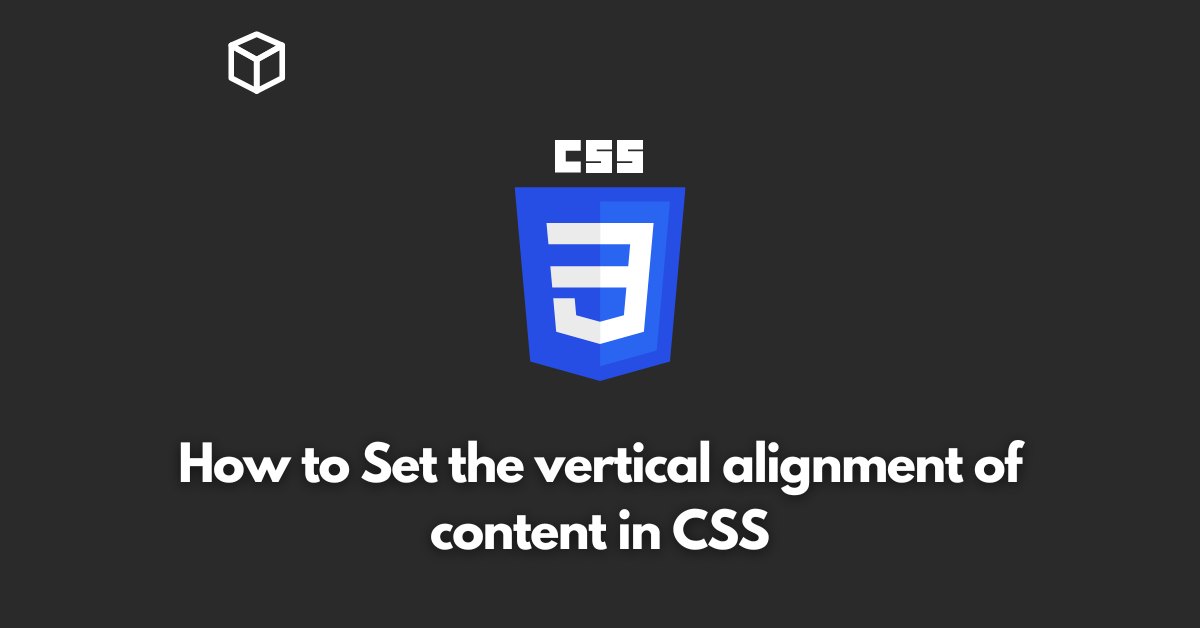When it comes to designing a website, one of the most important elements to consider is the alignment of the content.
Specifically, the vertical alignment of content can have a big impact on the overall look and feel of a webpage.
In this CSS tutorial, we’ll take a look at the different ways to set the vertical alignment of content in CSS and provide examples of each method.
First, let’s define what we mean by “vertical alignment.”
This refers to the position of an element in relation to the top and bottom of its containing element.
For example, if you have a text box inside of a div, the vertical alignment of the text box refers to whether it is aligned to the top, bottom, or middle of the div.
There are several ways to set the vertical alignment of content in CSS, each with their own advantages and disadvantages.
The most common methods are:
Table-cell Method
The table-cell method is probably the easiest way to align content vertically.
This method uses the display property and the vertical-align property to align an element within a table cell.
The code example below shows how to use this method to align a div to the middle of its containing element.
div{
display:table-cell;
vertical-align:middle;
}Flexbox Method
The flexbox method is a more modern way to align content vertically.
This method uses the display property and the align-items property to align an element within a flex container.
The code example below shows how to use this method to align a div to the middle of its containing element.
.container{
display:flex;
align-items:center;
}Grid Method
The grid method is another modern way to align content vertically.
This method uses the display property and the align-content property to align an element within a grid container.
The code example below shows how to use this method to align a div to the middle of its containing element.
.container{
display:grid;
align-content:center;
}Position Method
The position method is another way to align content vertically.
This method uses the position property and the top, bottom and transform property to align an element within its containing element.
The code example below shows how to use this method to align a div to the middle of its containing element.
div{
position:absolute;
top:50%;
transform:translateY(-50%);
}Each of these methods has its own advantages and disadvantages, and the best method for your project will depend on your specific needs.
The table-cell method is the easiest to use, but it is not as widely supported as the other methods.
The flexbox and grid methods are more modern and widely supported, but they can be more difficult to understand and use.
The position method is most flexible and can be used in many different situations, but it can be complex to use.
In conclusion, vertical alignment is an important aspect of web design and there are several ways to achieve it using CSS.
Depending on your specific needs and the level of complexity you are comfortable with, you can choose from the table-cell, flexbox, grid or position method.




